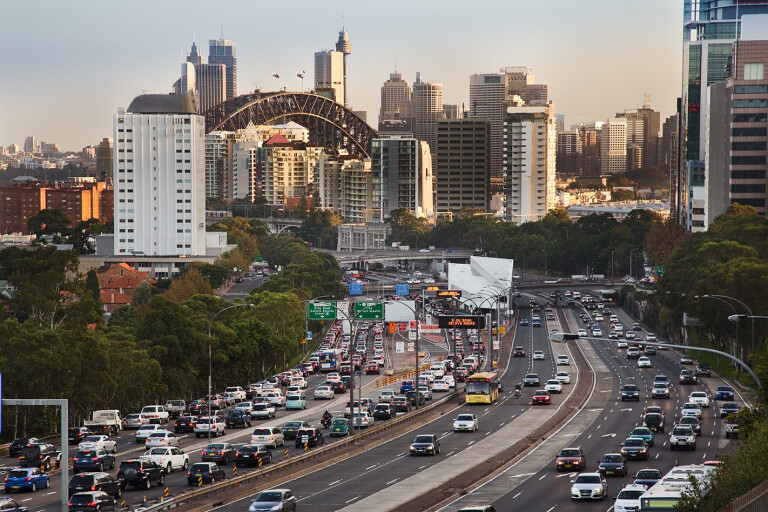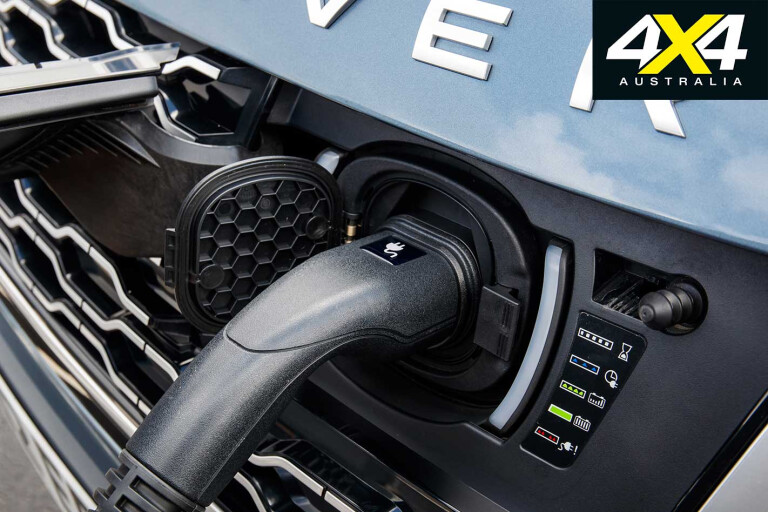
AUSTRALIA’S largest motoring organisation, the National Roads and Motorists’ Association (NRMA), reckons all petrol and diesel cars should be banned from sale from 2025... really? 2025? In just six years’ time? Surely it must be an April Fool’s Day joke.
This idiocy from the NRMA comes off the back of one of the two major political parties announcing that 50 per cent of all new vehicles sold by 2030 must be electric, a far more reasonable proposition but still largely pie-in-the-sky stuff and something you would expect from politicians anyway. But from a body like the NRMA that supposedly represents motorists’ interests and therefore hopefully knows something about cars... seriously?

Electric vehicles are coming and need to come. They can make a huge difference to air quality in cities where pollution from petrol and diesel engines is at its worst and has a detrimental effect on human health, particularly that of children. Provided those electric vehicles (EVs) can also run on electricity generated fully by renewable sources, they will also benefit the wider, potentially global, environment.
But where is the electricity to power all these EVs going to come from in Australia given we barely have sufficient electricity for our current domestic, commercial and industrial needs. So-called ‘brown-outs’, a polite way of saying ‘bad luck, we switched your power off as we didn’t have enough to go around’, already happen in peak-load times in summer.
Even without the extra demand EVs will place on the national grid, it will be under increasing pressure going forward with the transition to renewables and away from coal- and gas-fired power stations.

If we are charging EVs off a grid that is still 80 per cent fossil-fuel-powered, as it is at present, the net environmental gain is also much reduced, even if it moves the pollution out of cities to wherever the fossil-fuel power stations are located.
Much has also been made of the situation in Norway where some 50 per cent of new cars sold are electric-powered; good on the Norwegians for initiating financial incentives dating back 20 years to make that happen.
The fact that Norway is 20 times smaller than Australia, and the majority of the five million people (one fifth of Australia’s population) are concentrated at one end of the country, presents a more EV-friendly situation than in Australia in terms of travel distances and building EV-charging infrastructure.

In terms of moving forward towards EV adoption, governments at every level in Australia have been largely asleep at the wheel. Witness the situation where electric carmaker Tesla has been allowed to build fast-charging stations here in Australia where you can only recharge Tesla cars. Now, that’s forward thinking on a plate.
In the bigger picture, on-the-run recharging isn’t actually the best way to recharge EVs anyway; although, it will be part of the infrastructure mix. Given the longer time to charge an EV compared to filling a fossil-fuel car, and that, unlike petrol or diesel, electricity is easy to move around, EVs will be best recharged whenever they’re sitting still. That means in parking stations and in carparks in home units, shopping centres and office buildings; in fact, carparks anywhere.
That’s where the EV infrastructure is needed and needs to be planned for today. Without EV infrastructure, EV sales won’t move forward.

COMMENTS